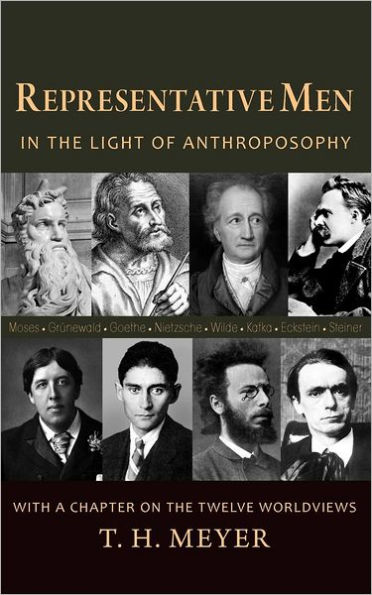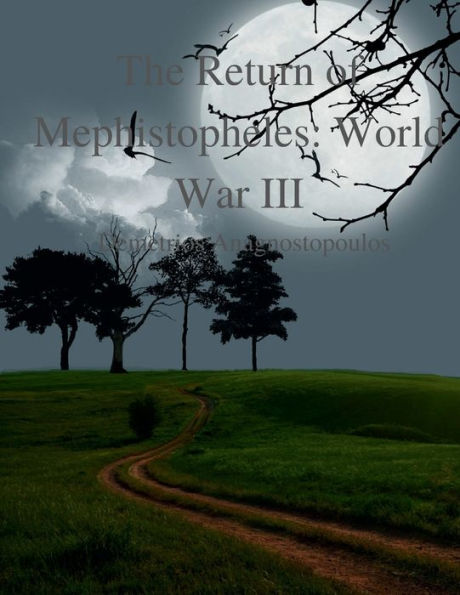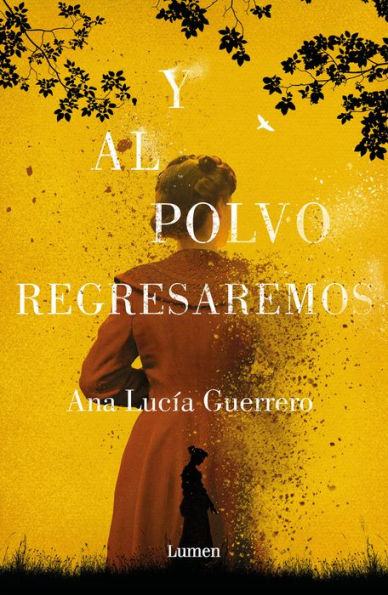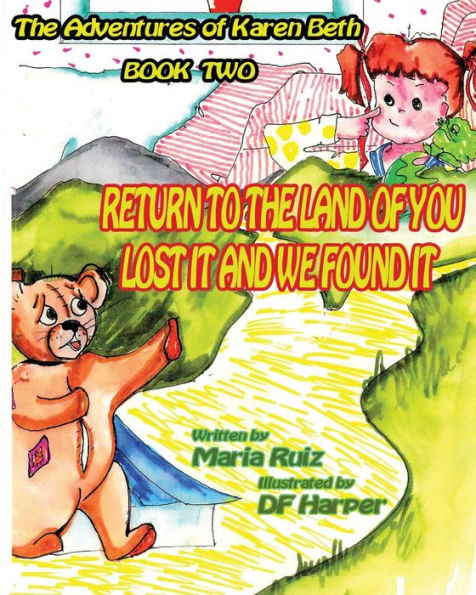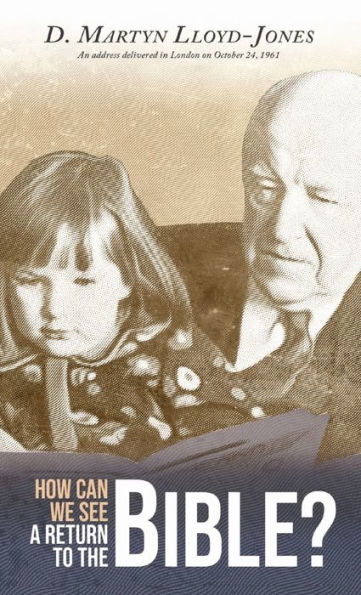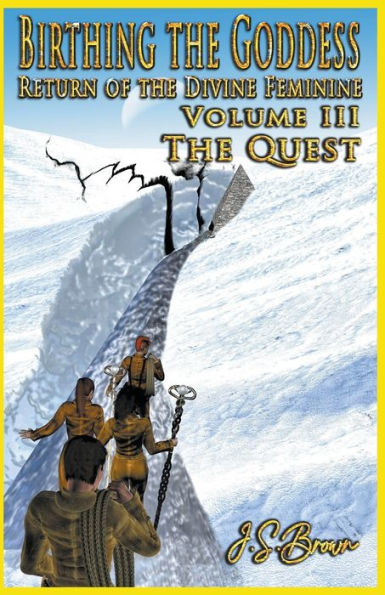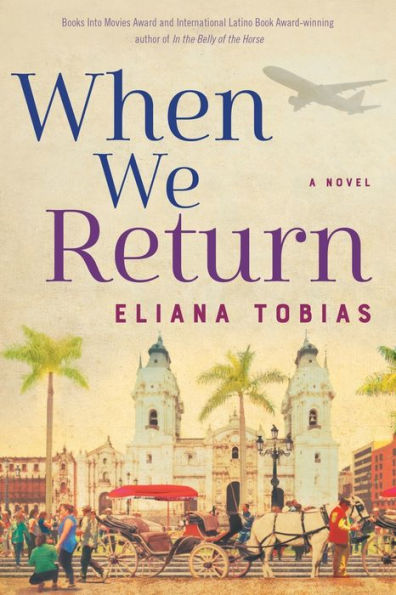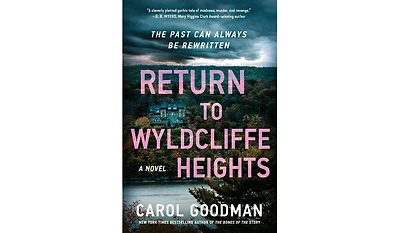Home
Chapter III: We Return to Light
Barnes and Noble
Loading Inventory...
Chapter III: We Return to Light in Bloomington, MN
Current price: $39.99

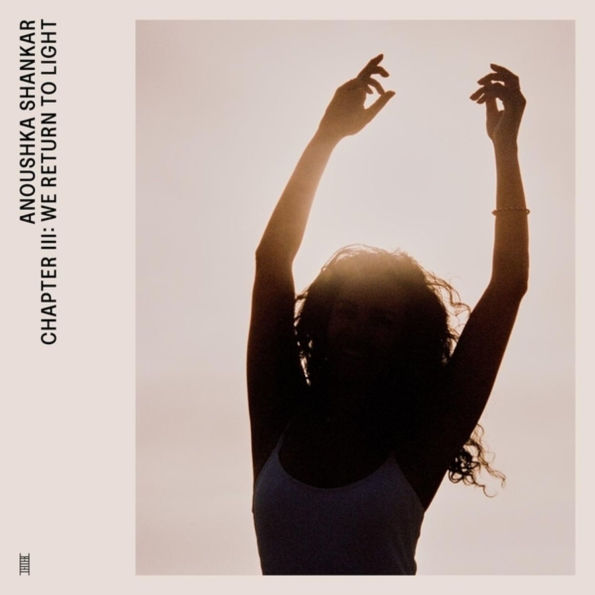
Chapter III: We Return to Light in Bloomington, MN
Current price: $39.99
Loading Inventory...
Size: OS
On New Year's Day 2023, sitarist and composer
Anoushka Shankar
sat in a cafe in Goa and wrote "Three chapters, three geographies" in her journal. That October she released
Chapter 1: Forever, For Now
, the first in a trilogy of EPs that reflected the truth in those words. It was recorded in Germany with producer/composer
Arooj Aftab
, co-producer
Saloni Thakkar
, and pianist
Nils Frahm
at his
Leiter
studio. It reflected the importance of Europe in her music and life --
Shankar
was born and now lives in London. The second entry,
Chapter II: How Dark It Is Before Dawn
was recorded in California (where she lived for a time) and reflected the hours between nighttime and dawn. Written with and produced by London composer
Peter Raeburn
, the studio cast also included
Raeburn
's piano, cellist
Dan Keane
throughout, and vocalist
Megan Wyler
on two tracks.
This travelog triptych was completed by
Chapter III: We Return to Light
.
spent her young life studying with her father,
Ravi Shankar
, and continued her musical studies when they moved to Delhi while she attended British schools. In her twenties, she fell under the spell of Goa trance. This six-track recording reveals that influence, albeit in a mysterious and alluring way. It was produced by and features U.S.-born, India-raised, London-based percussionist/drummer
Sarathy Korwar
and sarod master
Alam Khan
-- son of the late master musician
Ali Akbar Khan
. All of the music here was developed, written, arranged, and performed by all three musicians; the album was recorded above Om Nom, an Indian restaurant.
Opener "Daybreak" sounds like its title, with sitar, sarod, and tabla intoning a simple melody adorned with electronic effects. It sounds like a joyous folk song drawn from time itself, but the performance is beguilingly modern. First single "Hiraeth" (a Welsh word meaning deep longing, or the heart's ache for home), with its initially simple sitar pattern, is buoyed by
Korwar
's looped, pulsating grooves and backmasked sarod lines. It's at once tender and sad, but rouses the listener with an intense sitar run that injects hope and optimism. "Dancing on Scorched Earth" is nocturnal; its slightly funky backbeat paves the way for dark, suspenseful lines on the stringed instruments as electronics sparingly pepper the foreground. "We Burn So Brightly" has a jazzy soundtrack vibe (think
Lalo Schifrin
) with a smoky, sexy, hip-shaking groove as organic and synthetic beats and synths subtly challenge the frontline strings. "Amrita" is a peaceful paean to nature itself and choogles along using a drum kit. Set-closer "We Return to Love" is a nearly ambient prayer, with a glorious modal drone and twinned melody offered with grace and elegance above a subtle tabla. It is drawn from
's and
Khan
's fathers' raga "Marj Khamaj." Taken on its own,
is an advanced document of melodies, textures, and atmospheres, ancient to future. It's not only a fitting close to the trilogy, but makes a solid argument for absorbing the project as a whole. ~ Thom Jurek
Anoushka Shankar
sat in a cafe in Goa and wrote "Three chapters, three geographies" in her journal. That October she released
Chapter 1: Forever, For Now
, the first in a trilogy of EPs that reflected the truth in those words. It was recorded in Germany with producer/composer
Arooj Aftab
, co-producer
Saloni Thakkar
, and pianist
Nils Frahm
at his
Leiter
studio. It reflected the importance of Europe in her music and life --
Shankar
was born and now lives in London. The second entry,
Chapter II: How Dark It Is Before Dawn
was recorded in California (where she lived for a time) and reflected the hours between nighttime and dawn. Written with and produced by London composer
Peter Raeburn
, the studio cast also included
Raeburn
's piano, cellist
Dan Keane
throughout, and vocalist
Megan Wyler
on two tracks.
This travelog triptych was completed by
Chapter III: We Return to Light
.
spent her young life studying with her father,
Ravi Shankar
, and continued her musical studies when they moved to Delhi while she attended British schools. In her twenties, she fell under the spell of Goa trance. This six-track recording reveals that influence, albeit in a mysterious and alluring way. It was produced by and features U.S.-born, India-raised, London-based percussionist/drummer
Sarathy Korwar
and sarod master
Alam Khan
-- son of the late master musician
Ali Akbar Khan
. All of the music here was developed, written, arranged, and performed by all three musicians; the album was recorded above Om Nom, an Indian restaurant.
Opener "Daybreak" sounds like its title, with sitar, sarod, and tabla intoning a simple melody adorned with electronic effects. It sounds like a joyous folk song drawn from time itself, but the performance is beguilingly modern. First single "Hiraeth" (a Welsh word meaning deep longing, or the heart's ache for home), with its initially simple sitar pattern, is buoyed by
Korwar
's looped, pulsating grooves and backmasked sarod lines. It's at once tender and sad, but rouses the listener with an intense sitar run that injects hope and optimism. "Dancing on Scorched Earth" is nocturnal; its slightly funky backbeat paves the way for dark, suspenseful lines on the stringed instruments as electronics sparingly pepper the foreground. "We Burn So Brightly" has a jazzy soundtrack vibe (think
Lalo Schifrin
) with a smoky, sexy, hip-shaking groove as organic and synthetic beats and synths subtly challenge the frontline strings. "Amrita" is a peaceful paean to nature itself and choogles along using a drum kit. Set-closer "We Return to Love" is a nearly ambient prayer, with a glorious modal drone and twinned melody offered with grace and elegance above a subtle tabla. It is drawn from
's and
Khan
's fathers' raga "Marj Khamaj." Taken on its own,
is an advanced document of melodies, textures, and atmospheres, ancient to future. It's not only a fitting close to the trilogy, but makes a solid argument for absorbing the project as a whole. ~ Thom Jurek
On New Year's Day 2023, sitarist and composer
Anoushka Shankar
sat in a cafe in Goa and wrote "Three chapters, three geographies" in her journal. That October she released
Chapter 1: Forever, For Now
, the first in a trilogy of EPs that reflected the truth in those words. It was recorded in Germany with producer/composer
Arooj Aftab
, co-producer
Saloni Thakkar
, and pianist
Nils Frahm
at his
Leiter
studio. It reflected the importance of Europe in her music and life --
Shankar
was born and now lives in London. The second entry,
Chapter II: How Dark It Is Before Dawn
was recorded in California (where she lived for a time) and reflected the hours between nighttime and dawn. Written with and produced by London composer
Peter Raeburn
, the studio cast also included
Raeburn
's piano, cellist
Dan Keane
throughout, and vocalist
Megan Wyler
on two tracks.
This travelog triptych was completed by
Chapter III: We Return to Light
.
spent her young life studying with her father,
Ravi Shankar
, and continued her musical studies when they moved to Delhi while she attended British schools. In her twenties, she fell under the spell of Goa trance. This six-track recording reveals that influence, albeit in a mysterious and alluring way. It was produced by and features U.S.-born, India-raised, London-based percussionist/drummer
Sarathy Korwar
and sarod master
Alam Khan
-- son of the late master musician
Ali Akbar Khan
. All of the music here was developed, written, arranged, and performed by all three musicians; the album was recorded above Om Nom, an Indian restaurant.
Opener "Daybreak" sounds like its title, with sitar, sarod, and tabla intoning a simple melody adorned with electronic effects. It sounds like a joyous folk song drawn from time itself, but the performance is beguilingly modern. First single "Hiraeth" (a Welsh word meaning deep longing, or the heart's ache for home), with its initially simple sitar pattern, is buoyed by
Korwar
's looped, pulsating grooves and backmasked sarod lines. It's at once tender and sad, but rouses the listener with an intense sitar run that injects hope and optimism. "Dancing on Scorched Earth" is nocturnal; its slightly funky backbeat paves the way for dark, suspenseful lines on the stringed instruments as electronics sparingly pepper the foreground. "We Burn So Brightly" has a jazzy soundtrack vibe (think
Lalo Schifrin
) with a smoky, sexy, hip-shaking groove as organic and synthetic beats and synths subtly challenge the frontline strings. "Amrita" is a peaceful paean to nature itself and choogles along using a drum kit. Set-closer "We Return to Love" is a nearly ambient prayer, with a glorious modal drone and twinned melody offered with grace and elegance above a subtle tabla. It is drawn from
's and
Khan
's fathers' raga "Marj Khamaj." Taken on its own,
is an advanced document of melodies, textures, and atmospheres, ancient to future. It's not only a fitting close to the trilogy, but makes a solid argument for absorbing the project as a whole. ~ Thom Jurek
Anoushka Shankar
sat in a cafe in Goa and wrote "Three chapters, three geographies" in her journal. That October she released
Chapter 1: Forever, For Now
, the first in a trilogy of EPs that reflected the truth in those words. It was recorded in Germany with producer/composer
Arooj Aftab
, co-producer
Saloni Thakkar
, and pianist
Nils Frahm
at his
Leiter
studio. It reflected the importance of Europe in her music and life --
Shankar
was born and now lives in London. The second entry,
Chapter II: How Dark It Is Before Dawn
was recorded in California (where she lived for a time) and reflected the hours between nighttime and dawn. Written with and produced by London composer
Peter Raeburn
, the studio cast also included
Raeburn
's piano, cellist
Dan Keane
throughout, and vocalist
Megan Wyler
on two tracks.
This travelog triptych was completed by
Chapter III: We Return to Light
.
spent her young life studying with her father,
Ravi Shankar
, and continued her musical studies when they moved to Delhi while she attended British schools. In her twenties, she fell under the spell of Goa trance. This six-track recording reveals that influence, albeit in a mysterious and alluring way. It was produced by and features U.S.-born, India-raised, London-based percussionist/drummer
Sarathy Korwar
and sarod master
Alam Khan
-- son of the late master musician
Ali Akbar Khan
. All of the music here was developed, written, arranged, and performed by all three musicians; the album was recorded above Om Nom, an Indian restaurant.
Opener "Daybreak" sounds like its title, with sitar, sarod, and tabla intoning a simple melody adorned with electronic effects. It sounds like a joyous folk song drawn from time itself, but the performance is beguilingly modern. First single "Hiraeth" (a Welsh word meaning deep longing, or the heart's ache for home), with its initially simple sitar pattern, is buoyed by
Korwar
's looped, pulsating grooves and backmasked sarod lines. It's at once tender and sad, but rouses the listener with an intense sitar run that injects hope and optimism. "Dancing on Scorched Earth" is nocturnal; its slightly funky backbeat paves the way for dark, suspenseful lines on the stringed instruments as electronics sparingly pepper the foreground. "We Burn So Brightly" has a jazzy soundtrack vibe (think
Lalo Schifrin
) with a smoky, sexy, hip-shaking groove as organic and synthetic beats and synths subtly challenge the frontline strings. "Amrita" is a peaceful paean to nature itself and choogles along using a drum kit. Set-closer "We Return to Love" is a nearly ambient prayer, with a glorious modal drone and twinned melody offered with grace and elegance above a subtle tabla. It is drawn from
's and
Khan
's fathers' raga "Marj Khamaj." Taken on its own,
is an advanced document of melodies, textures, and atmospheres, ancient to future. It's not only a fitting close to the trilogy, but makes a solid argument for absorbing the project as a whole. ~ Thom Jurek
![Star Chapter: SANCTUARY [KNIGHT Ver.] [Barnes & Noble Exclusive]](https://prodimage.images-bn.com/pimages/0198704118548_p0_v3_s600x595.jpg)

